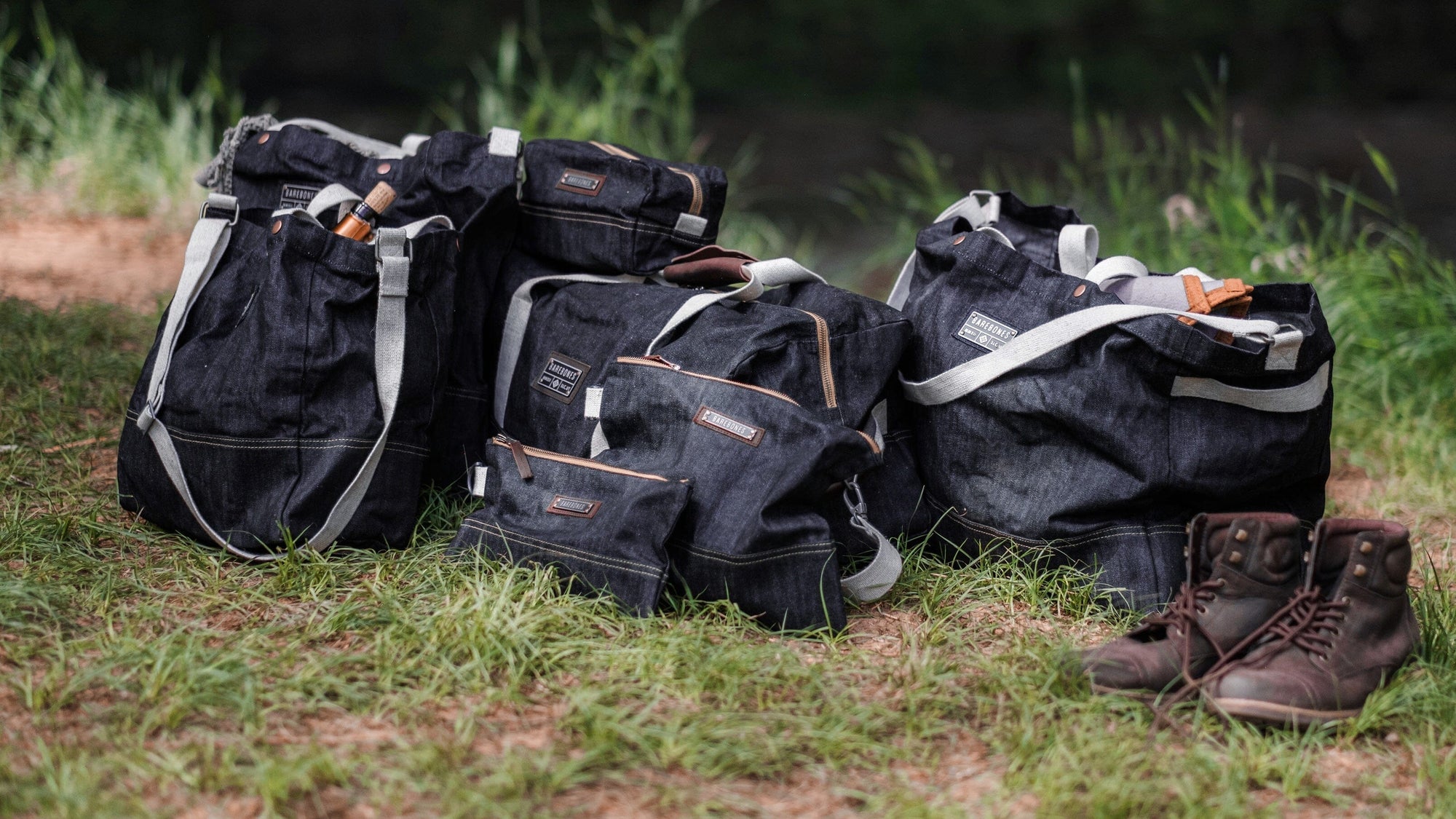Knives are the workhorse of any kitchen: used in almost every prep and cooking activity, a good set of knives can make the difference between sloppy chopping and efficient meal prepping. But why is it necessary to own a set of knives instead of a single trusty blade?
Put simply - different knives are best suited for different tasks. If you’ve ever tried to chop potatoes with a bread knife or slice crusty French bread with a small paring knife, you’ve experienced the importance of a knife collection.
And before you invest in a 10-piece knife set from Amazon, consider this your reminder that there’s only four main knives you need in your repertoire to upgrade your meal prep - and to make clean-up a breeze. Below you’ll find the best knives for kitchen use and which we recommend to create a basic set of kitchen knives.
Best Knives For Kitchen Use
· · ·
Chef’s Knife
The chef’s knife is instantly recognizable and is one of the very first tools forged by early mankind. Two main sources of kitchen knife production throughout history were Japan and France. Under King Louis XIVs reign, sharp table knives became banned (leading to the rounded tips familiar today) due to a high number of knife accidents occurring at kitchen tables. Thus, a new industry of kitchen-grade knives developed. In Japan, carrying swords became illegal in the mid-1800s, forcing sword-smiths to diversify their offerings.
When to use a Chef’s Knife
Ideal for cutting, dicing, slicing, and chopping, the chef’s knife is endlessly versatile and irreplaceable in your kitchen collection. The classic curved and tapered blade makes this one of the most do-it-all, hard-working knives you'll have in your cooking toolset. Cut chunks of meat to throw on the grill, slice fruit for a quick snack, or chop fragrant herbs to toss in your dutch oven meal. It’s sturdy, dependable and gets the job done.
Though indescribably useful, a chef’s knife doesn’t quite have the delicacy for cutting through cooked meat, peeling apples or slicing French bread; other knife varieties are your best bet for these activities.
· · ·
Bread Knife
The serrated bread knife is the best thing since sliced bread - and actually predates it by a decade.
Syracuse, NY resident Joseph E. Burns invented the serrated knife in 1919 and forever changed the future of kitchen cutlery; once you own a bread knife, you never go back. This 14" thin blade has sharp, serrated edges that effortlessly slice through bagels and baguettes. Unlike a standard serrated knife, the extended length cuts accurately through thick baked goods: bake or purchase a fresh loaf of bread and cut the slices to your preferred thickness. If you find yourself serving a sponge cake or frosting a birthday cake, the bread knife is ideal for leveling off frosting or cutting the perfect slice.
When to use a Bread Knife
But breads are just the beginning: a bread knife is also the ideal instrument for thinly slicing meat, whether cold cuts or a perfect London Broil. And thicker-skinned fruits and veggies are no match for the serrated teeth of a bread knife: cut through squash or melons with ease.
· · ·
Nakiri Knife
Often referred to as a Japanese vegetable knife, the Nakiri means “knife for cutting greens.” As described, the square shape and double-sharpened straight edge make it the ideal choice for chopping thick or cumbersome vegetables.
Nakiri knives originated in 17th-century Japan, designed for use in the kitchen of noblemen by the same craftsmen who pioneered the Samurai katana. The Nakiri’s lack of a rounded tip does away with the need for a rocking motion typically used by a standard knife - and from end to end, one chop gets the job done.
The Nakiri marries the versatility of the chef’s knife with the blunt, heavy shape of a cleaver and makes quick work of sweet potatoes, squash, and onions - without risking the tips of your fingers. The height of the knife allows you to rest the knuckles of your opposite hand against the side of the knife, keeping them aligned with the vegetables you’re cutting.
When to use a Nakiri Knife
The deep, flat blade also finesses through shredding and chiffonading lettuce, cabbage, and other leafy greens with ease - no sawing motions needed!
· · ·
Paring Knife
An iconic knife that immediately brings to mind images of Grandma’s apple pie, the paring knife is a crucial addition to your knife collection.
When to use a Paring Knife
Patented in 1920 by James E. Smith, this knife is ideal for mincing, dicing, and peeling - really, anytime you need controlled, detailed cutting (such as creating delicate designs into pie dough). But the paring knife goes far beyond apples: finely mince garlic, hull strawberries, or remove the skin of a tomato without needing to break out a cutting board.
The sharp, small blade will be a go-to for a variety of projects in your kitchen and will easily accomplish any task too delicate for a chef’s knife or Nakiri.








